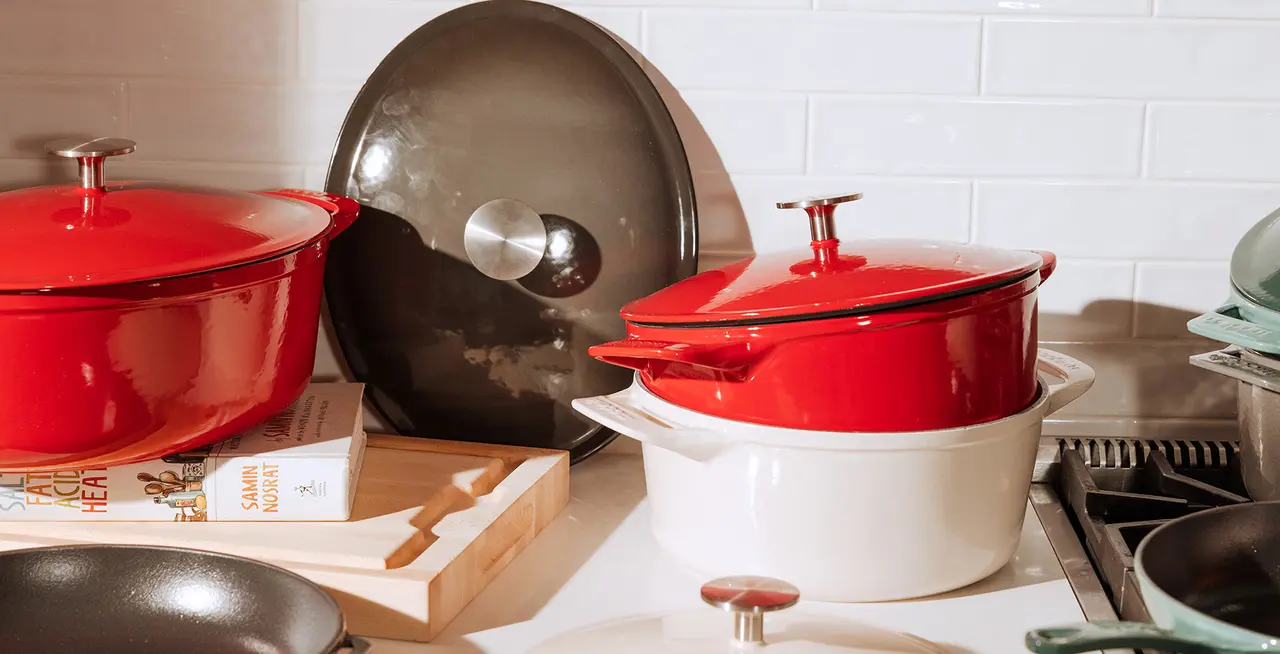Carbon steel is a fast-heating, ultra-responsive, naturally non stick kitchen workhorse that works on all stove types—including glass ones. If you’re still skeptical, however, we’re here to explain why carbon steel cookware is safe for use on glass stoves, and what you can do to make it even safer.
What Is a Glass Top Stove?
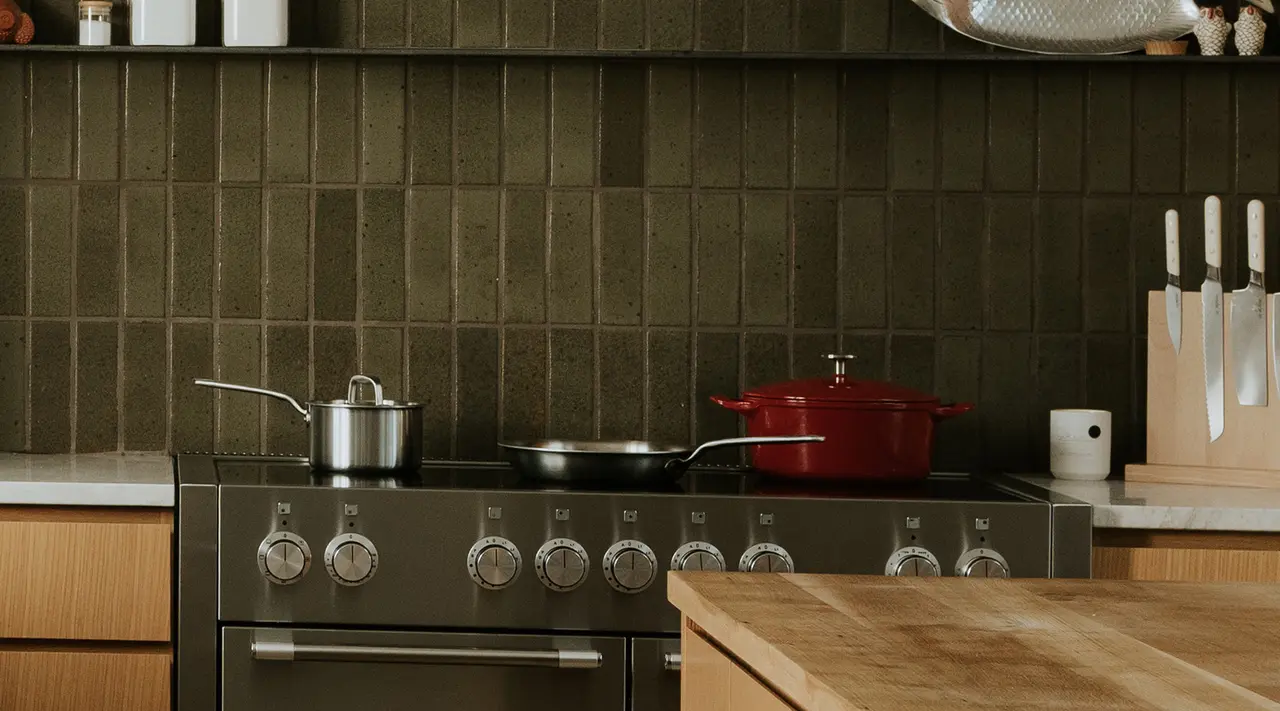
Most non-gas stoves are topped with a layer of tempered ceramic glass, which means that a glass top stove can be either electric or induction. In either case, the heating element—either an electric or electromagnetic coil—sits beneath the glass and transfers heat directly to your cookware via thermal conduction.
In addition to their sleek, low-profile design, glass stoves are often favored for their health and environmental benefits and—particularly in the case of induction stoves—their quick, efficient heating ability. Since there are no burner caps, grates, or other removable parts to deal with, these stoves are also considerably easier to clean than gas stoves.
Of course, this sleek, shiny surface comes with a couple of caveats—the most pressing of which is the fact that they’re a tad more delicate than metallic gas stovetops, which limits the kinds of cookware you can safely use. We’ll get into all of this and more.
Can You Use Carbon Steel on a Glass Top Stove?
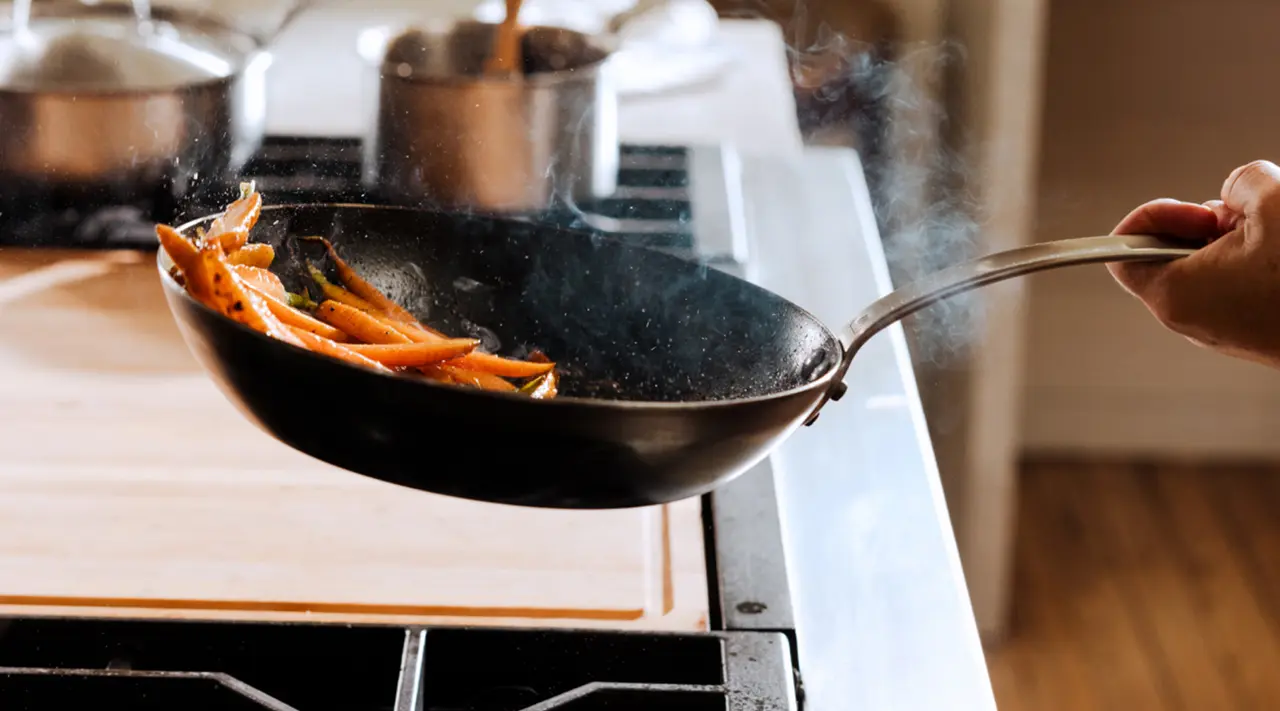
If you’re nervously clutching your favorite carbon steel frying pan for fear that it’ll ruin your glass stove, you can loosen your grip: carbon steel is perfectly fine to use on your new glass top stove (in fact, it’s one of the better options out there!). However, there are a couple of rules you should follow if you want to keep your stove unscathed.
Ensure the Bottom Is Flat
One of the quickest ways to damage your glass stove is by using cookware with a textured or uneven bottom. Embossed logos, ridges, and other extraneous bits can scratch the stove’s surface—not to mention, they can impede the transfer of heat from the burner to your cookware.
Avoid Dragging
Even lightweight, smooth-bottomed carbon steel cookware can leave tiny scratches on your glass stove if you’re not careful. It’s best to always gently lower your pan onto and off of the surface of the burner rather than dragging or dropping it.
Weight Considerations
While our 10” Carbon Steel Frying Pan weighs in at a mere 3 lbs—roughly half the weight of our Enameled Cast Iron Frying Pan—it’s still heavier than your average non stick or stainless steel skillet. As long as you handle your pan delicately, however (as we discussed above), your pan should be totally safe to use on your glass stove.
Heating Tips
Ceramic glass is stronger and more resistant to thermal shock than regular glass, but it can still break under extreme circumstances. Avoid transferring cookware directly from the freezer or fridge to the stove, and to be completely safe, let your pans come to room temperature before switching on the burner.
Advantages of Using Carbon Steel on Glass Top Stoves
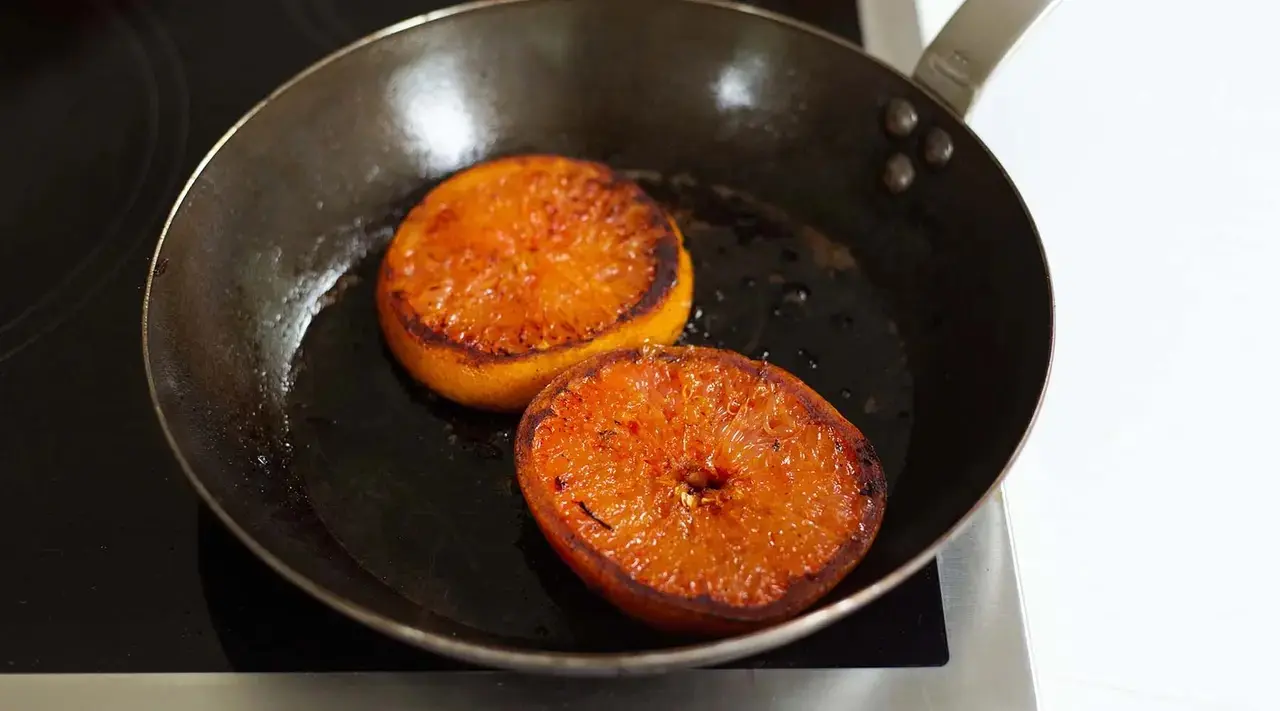
There are so many reasons we love using carbon steel on glass top stoves—here are just a few.
Even Heating
While responsive, fast-heating carbon steel is an excellent choice for any cooktop, you can really turbo-charge your carbon steel cookware by pairing it with a gas stove. As we touched on, induction and high-quality electric stoves are known for their ability to heat quickly and efficiently, with little heat lost to the surrounding air.
Versatility
We break out the carbon steel for almost anything: stir-frying; searing; roasting; even frying eggs. Whatever dish you want to cook using your glass stovetop, carbon steel can make it happen.
Durability
Resilient and incredibly durable, carbon steel might even outlast your glass top stove—especially with proper care.
How to Care for Your Carbon Steel Cookware on a Glass Top Stove
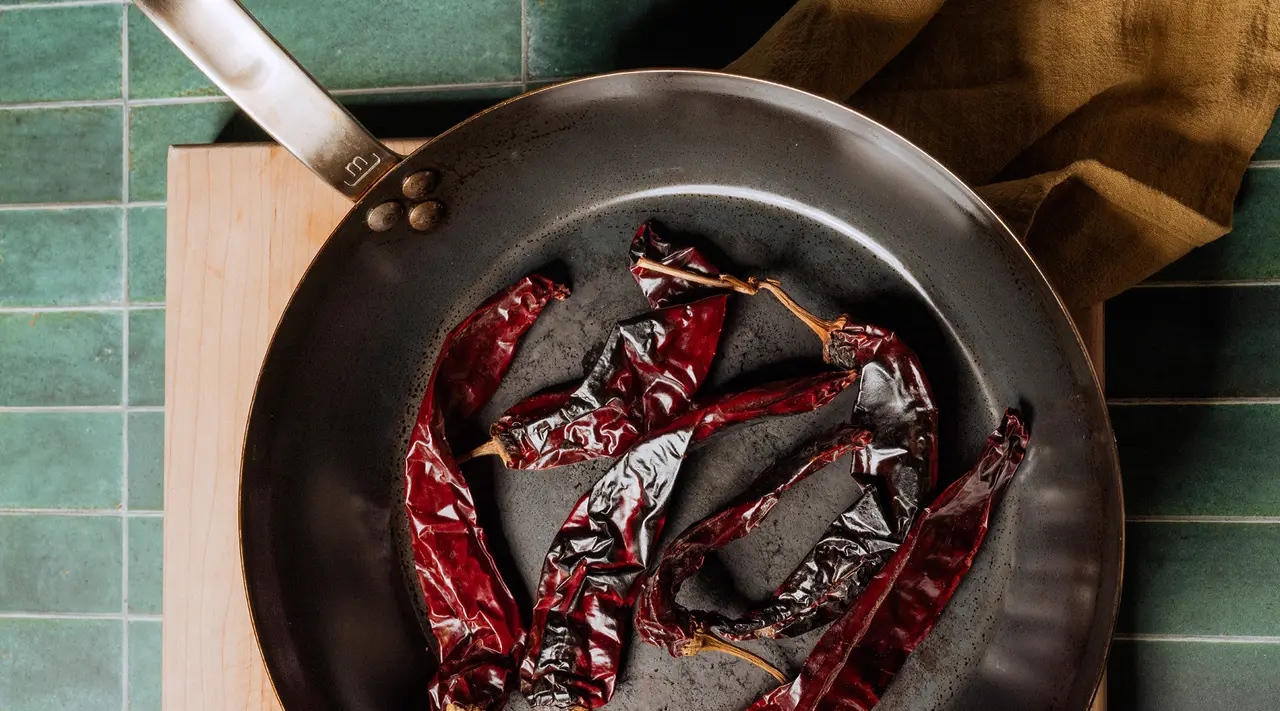
After pulling your carbon steel pot or pan off the stove, make sure to clean it thoroughly before putting it away. Basic cleanup calls for little more than a careful wipe with a paper towel or dish cloth to keep the seasoning intact—though you can try out one of our other carbon steel cleaning methods if things get a little extra messy. Proper cleaning will also prevent rust and burnt-on food buildup, which can both damage your glass stove.
Storage Recommendations
Once you’ve given your pot or pan a thorough cleaning (and dried it carefully), make sure to store it in a cool, non-humid environment. Carbon steel has a high iron content, making it more prone to rust—especially if your pan hasn’t been thoroughly seasoned. Make sure to store your cookware by hanging or carefully stacking, which will protect your pans from becoming dented or misshapen.
Seasoning Maintenance
A big part—maybe the biggest part—of caring for carbon steel cookware is maintaining the seasoning, which we go over in the carbon steel care guide we linked to earlier. This carefully built-up patina of polymerized oil can be easily stripped by using abrasive scrubbers or detergents, hence why we recommend avoiding them.
Ready to Cook?
Nothing should come between you and your carbon steel cookware—especially not your new glass top stove. With these tips in mind, you can freely enjoy all the benefits of cooking with electric or induction (sleek, efficient, environmentally-friendly) and our responsive, ultra-conductive Carbon Steel Frying Pan, no worrying required.











